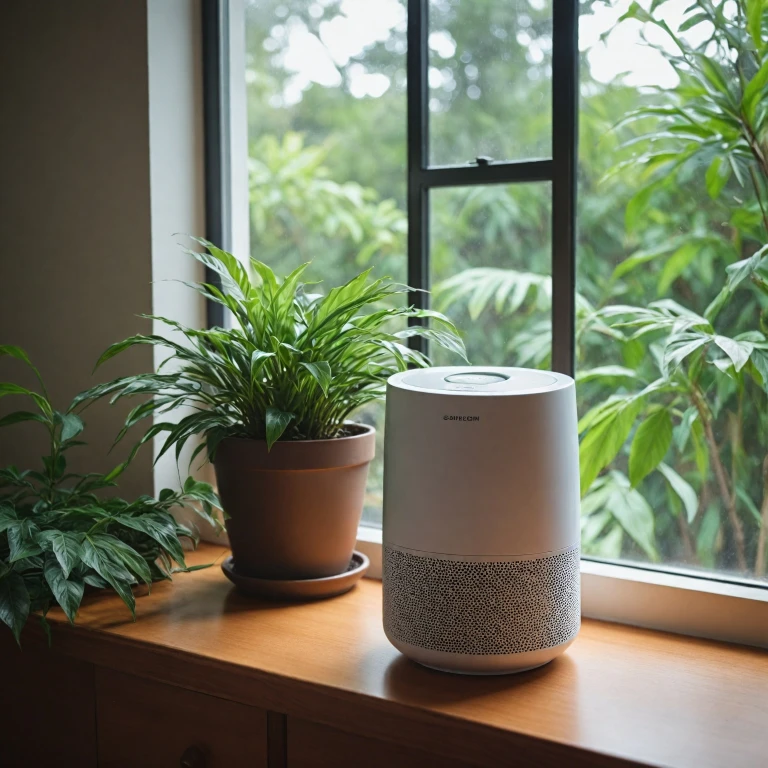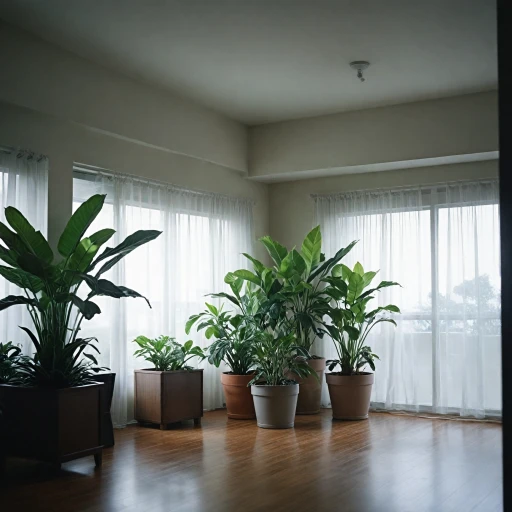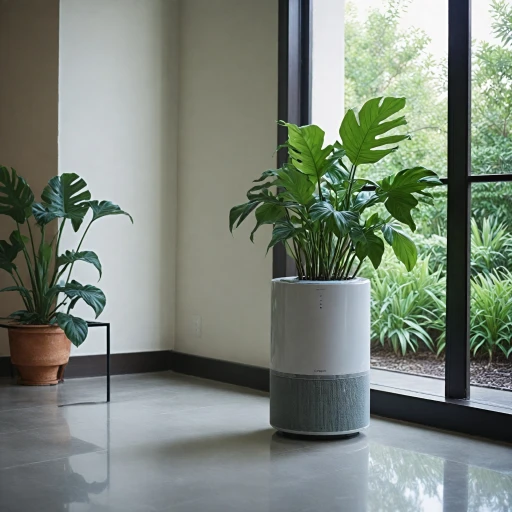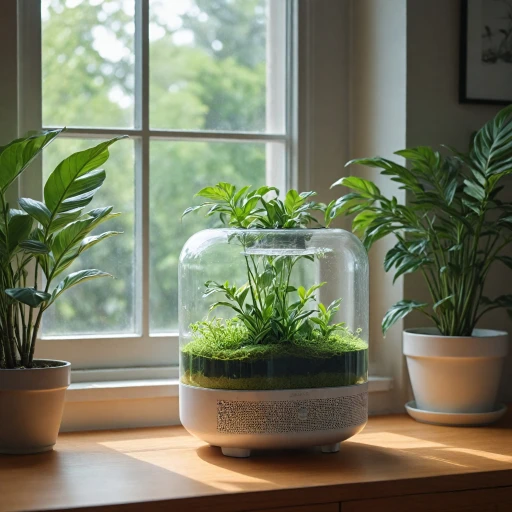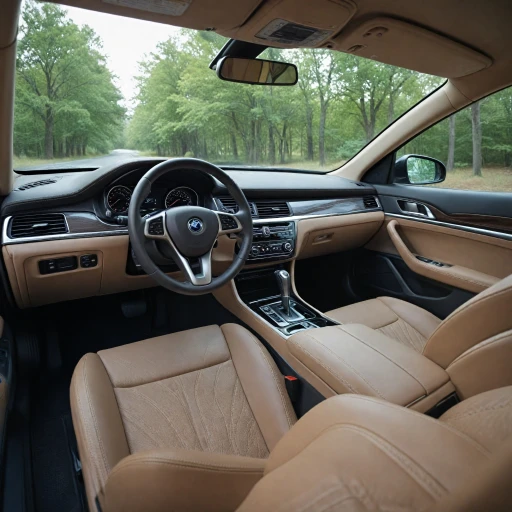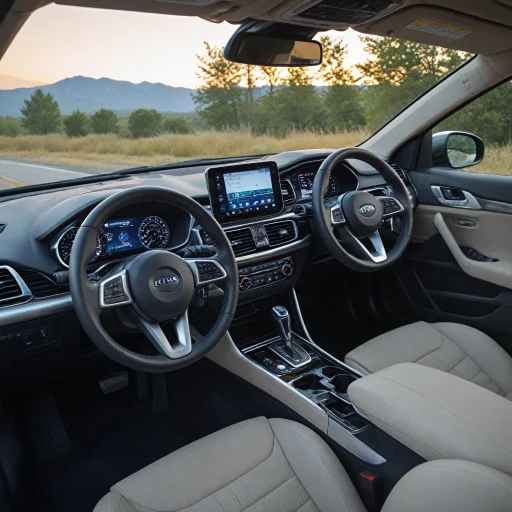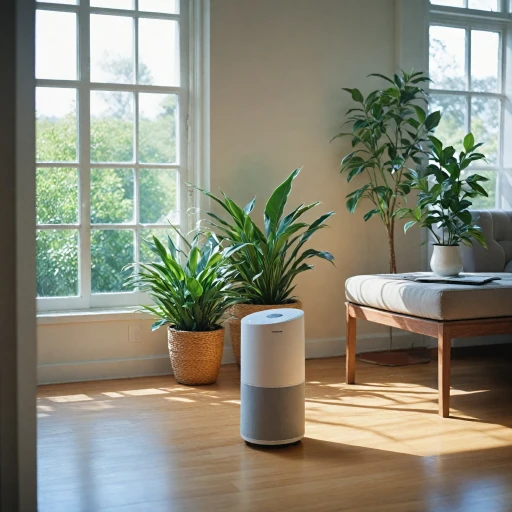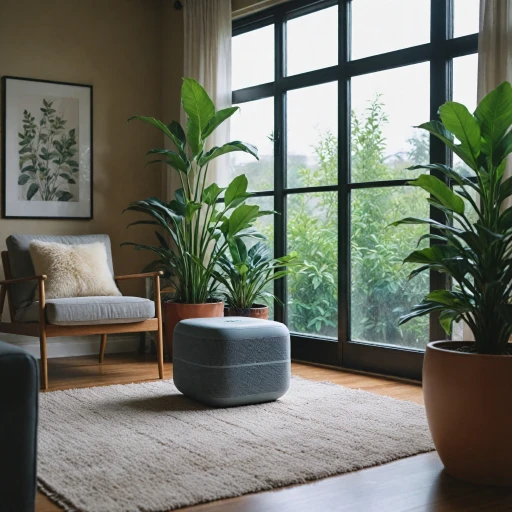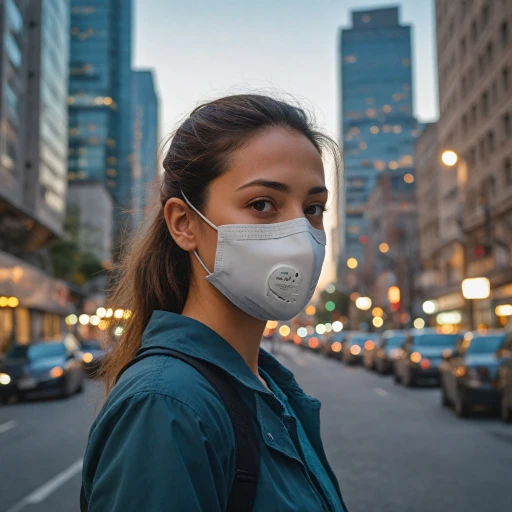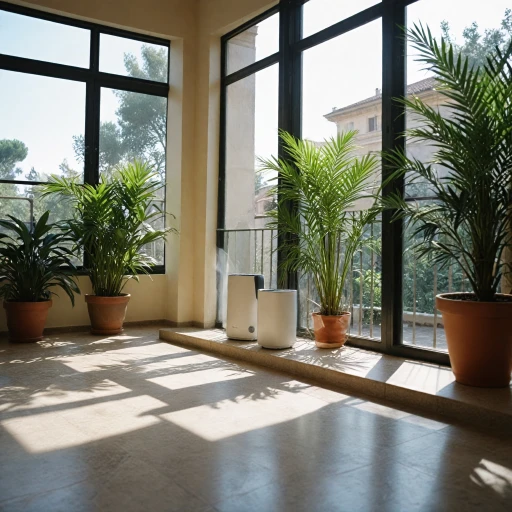
Understanding Portable Air Purification
The Basics of Portable Air Purification
Portable air purification is gaining popularity for its convenience and effectiveness in improving indoor air quality. These devices are designed to tackle pollutants such as smoke, pet dander, and other airborne particles, offering a practical solution to "clean air" in various settings. To understand how these "machines" work, it's essential to recognize the components involved. Typically, portable air purifiers include a series of "filters," with the most common being "Hepa filters." These "true Hepa" filters are known for their ability to capture up to 99.97% of particles as small as 0.3 microns, making them a top choice for capturing allergens and smoke. The portability aspect allows for easy movement between rooms, making it suitable for different "square feet" coverage needs. Whether you have a "mini" unit for a small bedroom or a larger device for a spacious living area, there are "options" to fit your requirements at various "price points." Often, air purifiers are available at "price sales," making them accessible for different budgets. Portable air purifiers come with a variety of features, some with "smart air" technology for automated adjustments based on air quality readings. While some might argue that these devices come with challenges, such as "replacement filter" costs, the benefits of maintaining high-quality indoor air often outweigh the downsides. For a more comprehensive understanding of portable air purification's role in different environments, exploring its benefits in unique settings like vehicles can provide additional insights. You can find more information on this by checking the benefits of car air purifiers here.Key Features to Look for in Portable Air Purifiers
Features That Elevate Air Quality
When it comes to choosing portable air purifiers, there are several features you should consider to ensure you're getting the best option for your needs. A key factor is the type of filters it uses. High-efficiency particulate air (HEPA) filters are highly regarded for their ability to capture fine particles, such as dust and smoke, making them a popular choice for individuals looking to improve indoor air quality.
Consider the Machine's Capacity
The capacity of a purifier is crucial to achieving effective air purification. To maximize the machine's ability to enhance clean air, check its coverage area in square feet. The top systems often advertise their coverage, allowing you to match the purifier to your specific area requirements. Smaller models, like mini purifiers, can be ideal for compact spaces.
Assessing Smart Features
In today's tech-forward world, many air purifiers come with smart air capabilities, allowing you to control them via smartphone apps or voice commands. These smart features can include monitoring air quality in real-time and adjusting settings automatically to maintain optimal conditions.
Maintenance and Costs
Regular maintenance of the air purifier is necessary to ensure its longevity and effectiveness. This includes checking for replacement filters and understanding the associated costs. The price of replacement filters can vary, so checking both regular and sale prices is recommended. It is essential to consider this within the overall budget of the device.
For those seeking models with superior capabilities, consider exploring advanced options such as the QT3 Portable Air Purifier, known for its effective source capture and innovative features.
Benefits of Using Portable Air Purifiers
The Value of Portable Air Purifiers
Portable air purifiers offer a host of benefits that contribute to improving indoor air quality and enhancing the comfort of your living space. Here’s how they make a difference:- Efficiency in Diverse Environments: Portable air purifiers are designed to operate efficiently in various settings, making them ideal for homes, offices, or even small workshops. Whether you're aiming to clean the air in a large living room or a compact office space, there are options that cater to different square feet coverage.
- Versatility and Convenience: One of the compelling advantages of portable devices is their versatility. They are easy to move from room to room and often come with features such as multiple fan speeds, timers, and smart air quality sensors. This versatility allows for targeted air purification where it's needed most.
- Economic and Accessible: While high-quality air purification can come at a cost, there is a wide range of purifiers available at various price points, including regular price and sale price options. This makes it easier for consumers to find a machine that fits their budget while still offering the best air purification performance.
- Advanced Filtration Systems: Many portable air purifiers are equipped with a combination of filters, including true HEPA and activated charcoal filters, that work together to remove particulates like dust, pollen, and smoke. For more in-depth insights on charcoal filter benefits, this article on charcoal filter air purifiers is a valuable resource.
- Health and Wellness: By maintaining clean air, portable units contribute to reducing symptoms of allergies and asthma, making indoor environments healthier. This is crucial in enhancing overall indoor quality, especially in urban areas with higher pollution levels.
- Reduced Need for Replacement Filters: While regular maintenance is essential, portable air purifiers often require fewer replacement filters compared to larger systems. This can lead to increased savings over time.
Challenges and Limitations
Potential Drawbacks of Portable Air Purifiers
While portable air purifiers offer numerous advantages, they are not without their challenges and limitations. Understanding these can help you make a more informed decision when considering your options.
Coverage Limitations
One of the primary concerns with portable air purifiers is their limited coverage area. Most models are designed to purify air within a specific number of square feet. If your space exceeds this, you may need multiple units to achieve optimal air quality. This can increase the overall cost, especially if you're looking for the best air purifier that fits your budget.
Filter Replacement Costs
Regular maintenance is crucial for any air purifier, and this often includes replacing filters. HEPA filters, known for their efficiency in capturing smoke and other pollutants, can be expensive. The price of replacement filters can add up over time, impacting the long-term affordability of the machine. It's essential to consider the sale price and regular price of these filters when evaluating the total cost of ownership.
Noise Levels
Another factor to consider is the noise level of portable air purifiers. While some models operate quietly, others can be quite loud, especially at higher settings. This can be disruptive in quiet environments like bedrooms or offices. Checking reviews and specifications can help you find a model that balances performance with noise levels.
Energy Consumption
Energy efficiency is another aspect to consider. Some air purifiers consume more power, which can lead to higher electricity bills. Look for models that offer smart air features, allowing you to control settings and reduce energy usage when full power isn't necessary.
Effectiveness Against All Pollutants
While HEPA air purifiers are effective against many airborne particles, they may not capture all types of pollutants. For instance, certain chemicals and gases might require additional filters or a different type of air purification technology. It's important to assess the specific air quality issues in your environment to choose the right purifier.
By weighing these challenges against the benefits, you can better determine which portable air purifier is the best fit for your needs and ensure you are investing in a solution that enhances your indoor air quality effectively.
Comparing Portable Air Purifiers to Other Solutions
Evaluating Portable Air Purifiers Against Other Options
When considering methods to enhance indoor air quality, portable air purifiers often stand out due to their convenience and flexibility. However, it's crucial to evaluate how they stack up against other air purification solutions.- Central Air Purification Systems: These systems are designed to improve air quality throughout an entire building, operating through HVAC systems. While they offer consistent air purification over large square feet and can be outfitted with HEPA filters, they come at a higher regular price than most portable options and require professional installation and maintenance.
- Standalone Air Purifiers: These are generally larger than portable models and are designed to purify air in a singular location. While effective for their specific space, they lack the portability and adaptability of portable purifiers. Their sale price can vary widely based on features, so research and price comparison is key to getting the best air purifier for your needs.
- Natural Ventilation Options: In some climates, keeping windows open can significantly improve indoor air quality. However, this approach may not be ideal in areas with high levels of outdoor pollutants or allergens like smoke, or when weather conditions aren't favorable.
- Flexibility: These compact machines can be relocated to different rooms or spaces as needed, making them a versatile choice for homes or small office settings.
- Affordability: Generally, portable air purifiers come at a lower price compared to whole-house systems, and they often have convenient mini models perfect for smaller areas.
Tips for Maximizing Efficiency
Optimizing Your Portable Air Purifier's Performance
To get the most out of your portable air purifier, it's crucial to implement strategies that enhance its efficiency. Here are some practical tips:- Strategic Placement: Position your air purifier in a location where it can capture air from the entire room. Ensure it's away from walls or obstructive furniture to allow unobstructed airflow. Placing the purifier between sources of air pollution like smoke or regular activities will enhance the quality of clean air it delivers.
- Regular Filter Maintenance: A key feature of many purifiers is the use of HEPA filters, known for trapping small particles. Replacing or cleaning filters regularly (based on your specific machine's guidelines) ensures the unit operates at peak efficiency, maintaining top indoor air quality.
- Run Time: Operating the air purifier consistently, especially in high-traffic or larger square feet areas, can optimize air purification. Consider models with "auto mode" features that adapt to air quality changes, maintaining optimal purification without manual adjustments.
- Keep Windows Closed: To maximize efficiency, keep windows and doors closed while the air purifier operates. This helps in maintaining localized air quality and prevents outdoor pollutants from undermining the purifier's efforts.
- Choose the Right Unit for the Space: Assess the unit’s capacity, whether it’s a compact mini series for small rooms or larger models for bigger areas. Choosing the right machine ensures effective air purification relative to the room size.
- Monitor for Changes: Utilize smart air purifiers with air quality sensors to keep an eye on indoor conditions. Timely adjustments to settings based on real-time quality metrics can lead to improved air outcomes.
